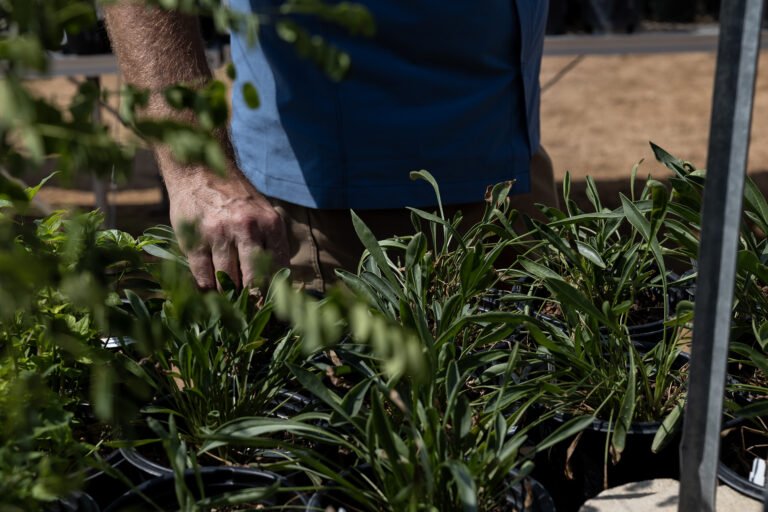In her brand-new publication, San Antonio-based writer and biologist Monika Maeckle expands the discussion on preservation, asking San Antonians to reassess not simply what expands in their backyards, yet why it matters.
On the most up to date episode of the bigcitysmalltown podcast, visitor host Cory Ames asks Maeckle regarding her brand-new publication, “Plants with Function,” which goes into indigenous plants that offer pollinators, preserve water and flourish in regional problems.
Maeckle has actually long promoted the significance of pollinators as the creator of the Texas Butterfly Cattle Ranch and the Majesty Butterfly and Pollinator Celebration. Currently she’s promoting backyards that do greater than simply look great.
” If you’re mosting likely to organize a supper celebration, would certainly you just welcome visitors that are gorgeous?” Maeckle claimed. “There’s a lot even more to an individual or a plant than what they appear like.”
In guide, she lays out a straightforward regulation: a plant ought to contend the very least 3 top qualities past charm, such as being edible, dry spell forgiving, helpful to pollinators or medical. She highlights 25 plants that fulfill that mark, all fit to the Central Texas environment.
Among those 25 plants is a name you might have listened to in the past, jimson weed, which Maeckle calls “one of the most fascinating plant I have actually satisfied in my life.” Poisonous yet great smelling, the night-blooming blossom is a host for sphinx moths and holds a deep ethnobotanical background in the area. From native spiritual events to its duty in colonial-era resistance.
Others, like agarita– a Texas indigenous hedge understood for its evergreen, spiny vegetation and edible red berries– use even more substantial usages.
” You can make tarts from it. You can make jelly from it. Yet among the important things that I found out in investigating this publication is a lot of plants, you can make tea.” She claimed, “You can make tea from a lot of plants that you currently have in your lawn.”
While some plants use positive paybacks like edible berries or great smelling blossoms, others such as frostweed and goldenrod contribute in water preservation.
” This plant has roots and tuberous origins that simply connect and creep and hold dirt in position and they assist preserve water. Very same with goldenrod,” Maeckle claimed.
Maeckle is hopeful regarding the instructions San Antonio is heading, indicating indigenous plant baby rooms, H-E-B’s indigenous plant promos and an expanding hunger for landscapes that do even more.
What delights her most, though, is exactly how these plants can reconnect individuals with the land around them.
” There’s points to find out, points to see, points to involve me and my household and my youngsters,” she claimed. “It’s so worth it.”
” Plants with objective” is readily available any place publications are offered, consisting of The Branch and No Place Bookshop. Maeckle will certainly talk together with illustrator Hilary Rochow at a publication occasion June 24 at The Branch.
Click the web link listed below to pay attention fully discussion.



